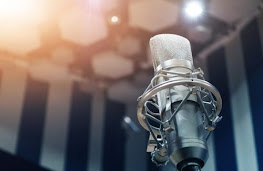Understanding noise limits ad decibels
It is quite common for a venue to have a decibel limit in position to keep the noise down to a desired level. This is often a personal discussion, but often not a legal stipulation which the venue should abide by. Measure decibels as low decibel limits can make it hard for musicians and DJs, but it is vital to keep in mind that frequently the venue doesn’t like it either. They are just doing what they are told to do.
It is not uncommon for someone to book a venue and be notified of the decibel limit that they are fine with. Sadly, these numbers of the limit doesn’t mean much to the average person. We hole to be able to fortify you with a basic knowledge of decibels and what the different levels in the engine dyno look like with this post.
Decibels are how the volume of the sound is measured. Decibel is written in abbreviated form as dB. Decibels are usually measured using a decibel reader almost 2 meters from the speaker by pointing the reader towards the speaker during a dyno test. It is quite vital to realize that decibels are not measured on a linear graph but an exponential curve.
It is because when you compare to control volume, you are thinking linear and not exponentially. 80 dB is not 20% quitter than 100dB but around 400% quitter! So this would be the same as turning on your home stereo system down from full to almost 25%. At a recent event, we had an 85dB noise limit up until 10PM and then the noise limit was restricted to 65dB after 10 PM. In this case, it is so quite that music might also not be playing at all and is completely lost under the sound of the audience along with the soundproof ceiling tiles.




Comments
Post a Comment